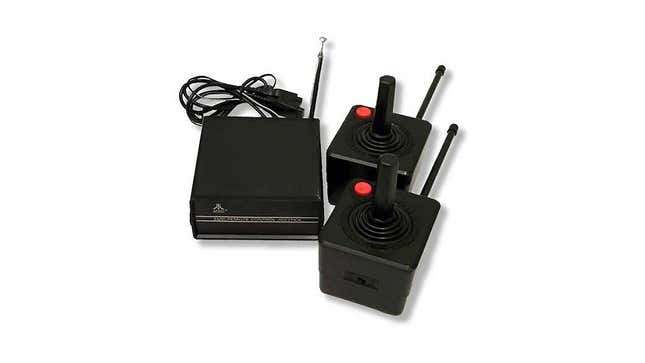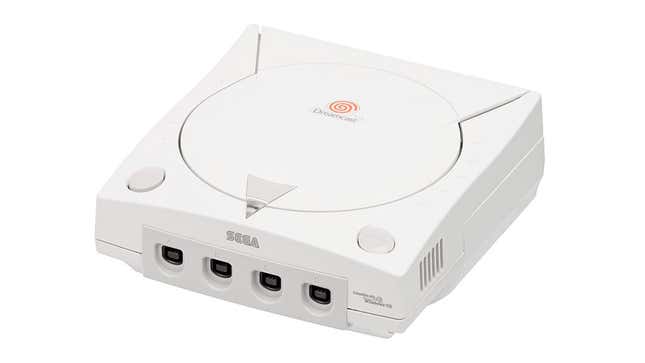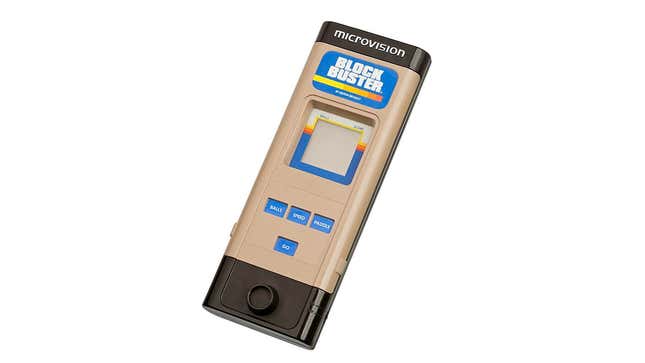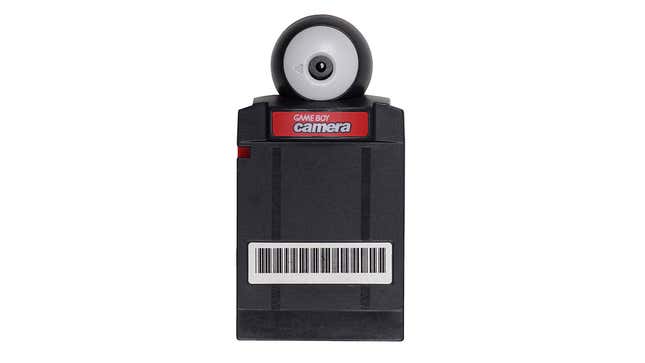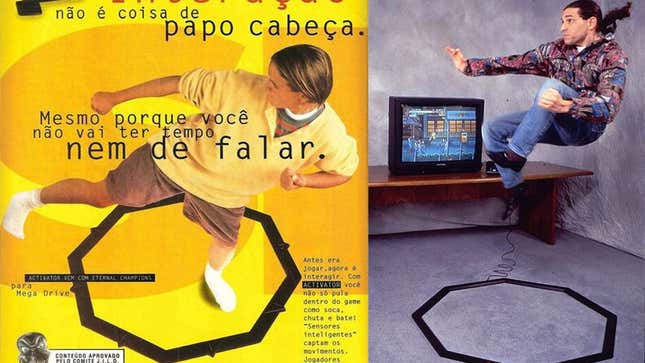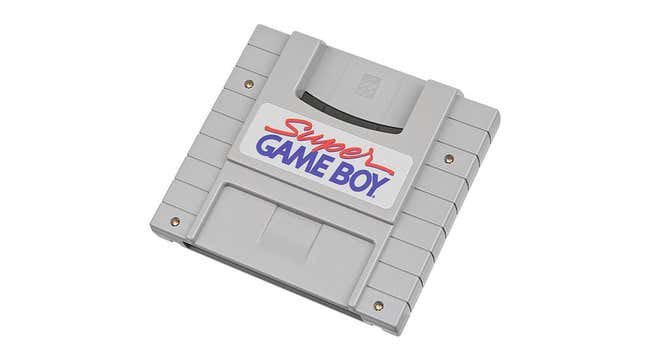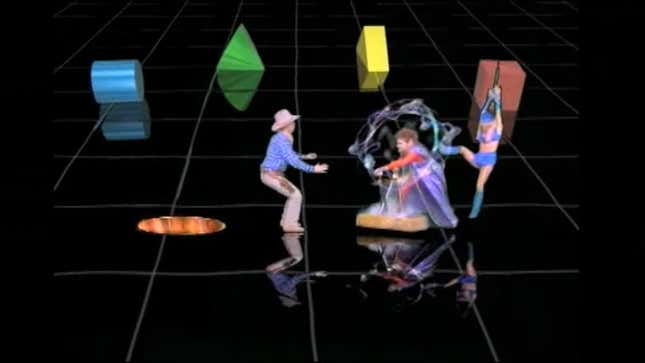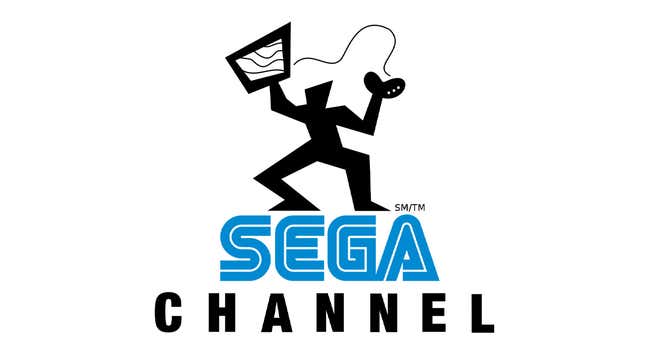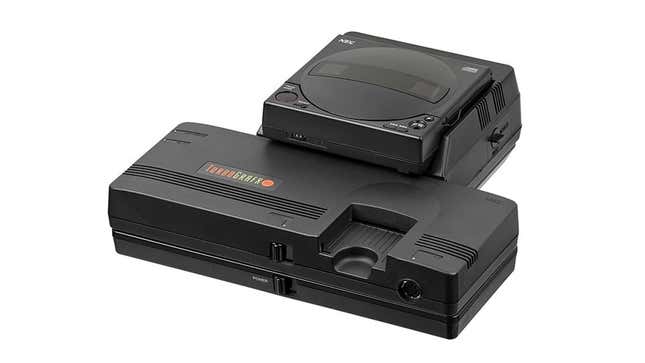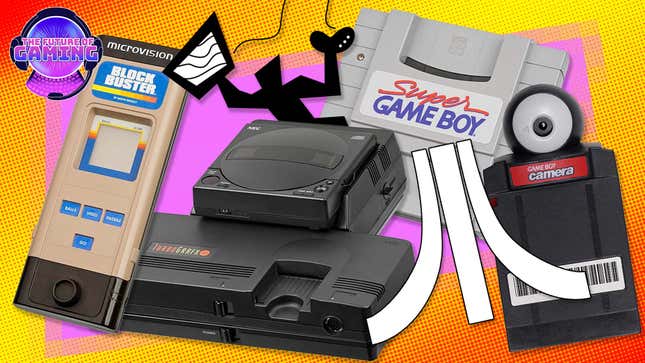
This story is part of our new Future of Gaming series, a three-site look at gaming’s most pioneering technologies, players, and makers.
A lot of video game consoles, and their associated accessories, feel tailor-made for their respective eras. This makes sense: You want to make consoles and controllers that will be relevant to players at the time you make them so they then, you know, buy the things. But sometimes, a game console or accessory does something very different, perhaps experimenting in a way that does not entirely work at the time, but nonetheless provides a glimpse into the future.
That’s our topic here today. Read on for 10 such cases of video game consoles, accessories, services, or just plain odd devices that were ahead of their time, pushing boundaries, and offering folks a sneak peek at the future…even if they didn’t realize it at the time.




